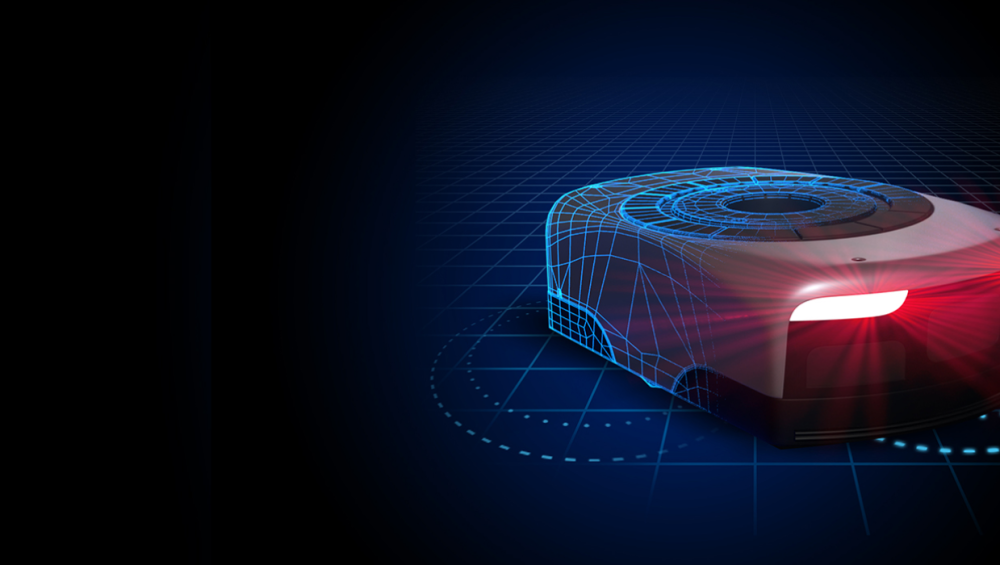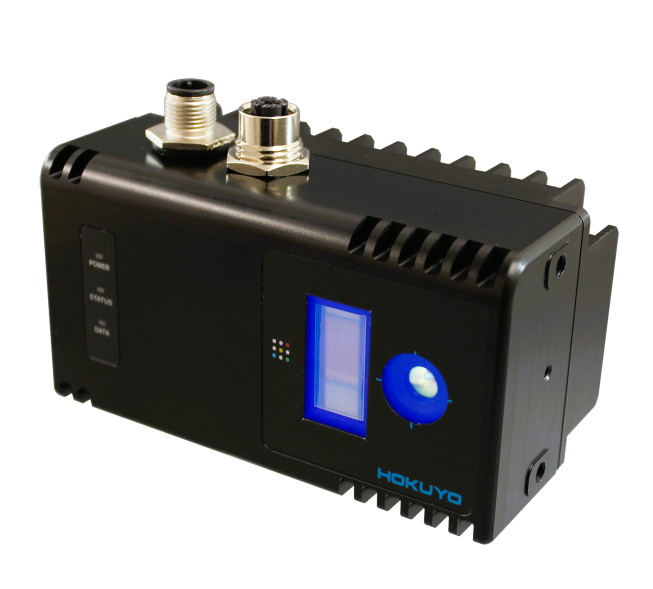Autonomous delivery vehicles

Over the next few years autonomous delivery vehicles will take their place in everyday life. From pizzas to clothes, it will soon be commonplace to open your door to a small unmanned vehicle carrying your parcel.
In April 2019, the Federal Aviation Administration (FAA) cleared Google to begin operating its autonomous drone delivery service with an ‘air carrier certification’ in the United States. It’s a major step forward for the use of drones, but also for the legitimisation of autonomous delivery as a whole.
How soon can we expect our takeaway pizza to be delivered by drone though? Well, it’s not going to happen overnight, but the technology does exist and is being tested as we speak.
Using drones in delivery has been something Amazon has been working on for some time.
Amazon’s vision for the drones is a fleet of vehicles equipped with self-operating technology, where the drones can run independently of a human pilot. They will have automated collision avoidance technology, which will allow the drones to avoid crashing into objects or animals while in flight, such as buildings, electric lines, birds, and humans, to safely deliver your package faster than ever.
The idea is that drones will be able to deliver packages weighing 5 lbs or less, within 30 minutes or less. With some cities suffering increasing congestion on the roads, drones could offer a solution to traffic jams.
Alternative vehicles to drones
Driverless cars and vans – Everything so far suggests that autonomous cars and trucks will have a place in our future, especially with all the progress being made by companies like Tesla. But, they’re currently further away from everyday use. With past problems and prosecutions relating to driverless cars, there is growing scrutiny on the industry.
There is a more complicated level of technology needed for them, government regulation, infrastructure changes, and public perception, which all need to be taken into account.
Last-mile bots – With offices in the US, UK and across Europe, Starship robots are now being tested in the UK and Germany. The robots are able to cross the road and work their way around people or animals, thanks to ultrasonic sensors, nine cameras, radar, and GPS.
The company already has partnership agreements with Hermes, Domino’s Pizza and Just Eat. So, the future is looking bright for these little bots. And don’t worry, people won’t just be able to reach into the robot and steal your dinner. Recipients will open the bot on its arrival with a code, which is sent via an app on their phone. Very clever.
The other plus point of last-mile bots is that they avoid the use of fossil fuels, so are more environmentally friendly too.
Autonomous delivery vehicles could help a struggling retail industry
The retail industry is a competitive and cut throat one. Our highstreets are struggling to stay viable and shops are shutting at an alarming rate. Big retailers aren’t immune either, with a number of high-profile administrations and last-minute rescue deals during the last 12 months.
According to the Centre for Advancing Retail & Technology, automated delivery could be transformational for the retail industry, reducing delivery costs by up to 90% compared to a human delivery driver.
What will it mean for business?
If parcels are going to be delivered by a robot, then manufacturers and retailers will need to adjust packaging, pack sizes and weights. If food is being delivered, delivery service providers need to make sure that the robot is secure, timely and can keep food preserved until it reaches the delivery address.
Robotic delivery services will allow smaller businesses, who perhaps can’t afford the cost of a delivery driver or who only make ad-hoc deliveries, to offer customers an online shopping and delivery service.
There is a lot to support the future of autonomous delivery vehicles. The fact that two-thirds of the world’s population is expected to live in urban areas by 2050, according to the UN’s Department of Economic & Social Affairs, makes small last-mile robots an attractive investment.
As a species, we’re becoming increasingly cash-rich and time-poor. Consumers expect everything to be deliverable, so making deliveries easier and quicker will be a big win. However, true success can only happen if autonomous delivery vehicles make the world around us an easier and safer one.
The technology behind these vehicles
Like all robots and driverless vehicles, there are certain key functions that these delivery vehicles will need to have in order to be successful. All of these functions can be achieved by using products offered by Sentek Solutions.
Navigation – how will the delivery see its environment and find its way to the delivery address? View products for navigation
Collision Avoidance – how will the delivery vehicle avoid things the way? View products for collision avoidance
Localisation – what happens when the delivery vehicle gets knocked off course? View products for localisation
Supporting the technology
However you are using robotics and automation, find out how our products could help you make the most of it. Just give us a call. We’re always happy to give information on any of our products, just drop us an email if you’d like to know more.
Stay up to date with all of our news and developments by following us on Twitter.





